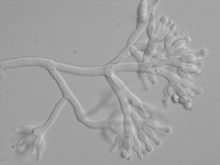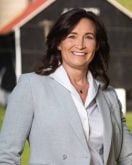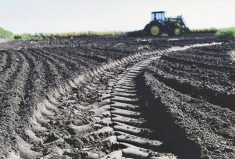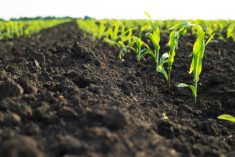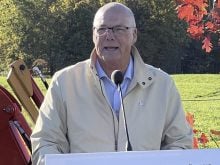The heavy clay soils that characterize Henry Denotter’s farm can be hard to work with. But from a tillage perspective at least, he doesn’t have to work them too often.
From a production perspective, years of experimentation with equipment configurations, electronic tools and a strong environmental philosophy have brought success in no-till corn and soybeans to the Kingsville-area farmer.
Why it matters: Improving soil structure and organic matter is a proven method of overcoming challenges presented by poor water quality, soil degradation and susceptibility to irregular growing conditions.
Read Also
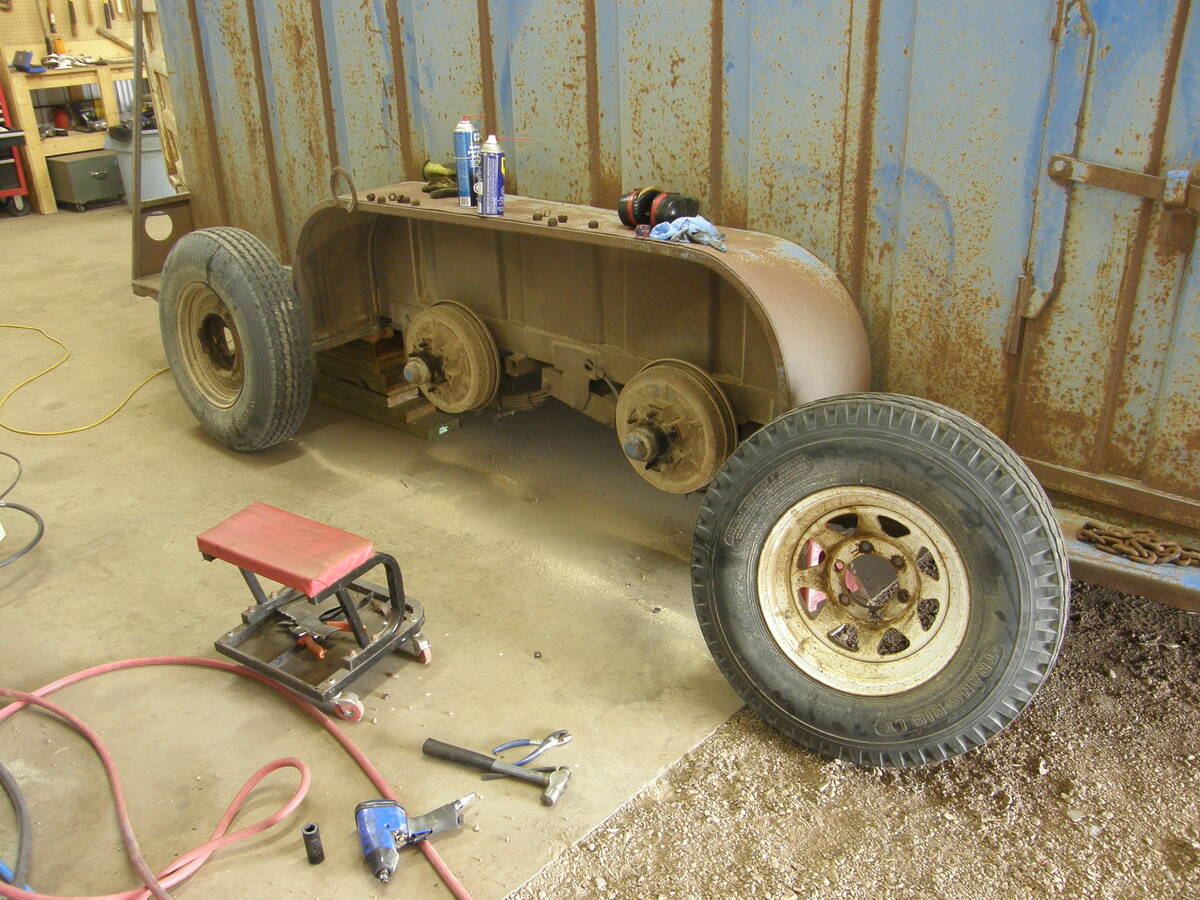
How to overhaul electric trailer brakes
Let’s look at what you’ll find when you pull the wheel hubs off your livestock trailer, and what you need to consider to keep those electrical brakes in good working condition.
His efforts to improve production through better soil management have proven beneficial from a business as well as a water quality standpoint, and provided a case study on how producers can improve Ontario’s aquatic environments.
Denotter’s soil philosophy can be summarized by comparing soil to equipment. While new machines can be found when old ones wear out, soil can’t be replaced so soil health must be a priority. This philosophy led Denotter and his late father to reduce their tillage practices more than two decades ago. Now farming with his son Jeremy, Denotter’s efforts at building soil quality have intensified over the last seven to eight years.
[RELATED] Calculating soil health returns
These efforts have coincided with con- cern over the quality of water that moves from Ontario’s farm fields into the Great Lakes, particularly Lake Erie. Picking up sediment and nutrients along the way, high phosphorous and nitrate loading in Lake Erie has caused damaging large-scale algae blooms.
The issue reflects similar problems faced in the 1960s and 1970s, when urban sources were found to be the main contributor to algae-feeding nutrients.
Farming accounts for most land use in Southern Ontario and is the largest user of fertilizers, which can contribute to algae bloom in the lakes.
The problem was outlined at a Sept. 9 Living Labs outreach event hosted at Denotter’s Kingsville-area farm. More phosphorous runoff means larger algae blooms, while more nitrogen runoff means higher levels of toxicity. The current understanding is that a 40 per cent reduction in nutrient runoff is needed to stem the algae bloom problem.
Denotter’s strategy
Less tillage, more cover crops and targeted residue management are three themes in Denotter’s strategy. Both crops are no-till planted. The father and son pair have developed a 20-inch row planting method that allows for in-furrow fertility and seed application in high residue environments, including standing corn stalks.
Ensuring the “wake” of their row tillage equipment is not excessive can be a challenge but they say it generally works well and helps achieve the best bang-for-buck from fertilizer, even when strip-applied in autumn for the next year’s corn crop.
Overall, Denotter says their equipment “needs to be multi-functional.”
Much of his strategy relies on driving in straight lines for planting, nutrient application and tillage. That means equipment must be able to communicate exactly where other implements have been in the field. The smaller spaces between 20-inch rows are a challenge too, but is overcome with smaller diameter wheels on implements and machinery.
The downside is that those tires are often more expensive and more of them are needed for the same piece of equipment.
“In 20-inch rows, you’re going to run over stuff. That’s just something that happens,” Denotter told the Living Lab event attendees.
“Instead of being a $200-dollar tire, it ends up being a $1,200-dollar tire. Then you need rims…It takes time to get it all perfected.”
Diversified rotation
Cover crops play a major role in the Denotter’s soil improvement strategy. However, they have also introduced buckwheat as a fourth crop in their standard corn-soybean-wheat rotation. The fast-growing cereal brings in a profit as well as a unique root system, and is a boon for pollinators.
Denotter has partnered with a beekeeper to stock hives beside their buckwheat acres. The approach is good for the beekeeper, good for Denotter’s crops and a positive public outreach gesture.
The Denotters experiment with their equipment and agronomic approach, and said it takes time to figure out how to implement change. Efforts thus far have helped generate more profitable and resilient crops.
The impact of better soil on water quality is similarly positive, tests have shown.
Speaking as a farmer participant in the Living Labs project, and as a father, Denotter summarized his presentation by emphasizing the need for environmental longevity.
“As part of Living Labs, we’re trying to showcase what good crop rotations do. All that soil health [translates] to water quality,” says Denotter.
“I’m dedicated to…conservation on the farm for the next generation. I’m in the middle. I said goodbye last year to the previous generation, and welcome the next generation now. That’s my story, and I guess I’ll stick to it.”







